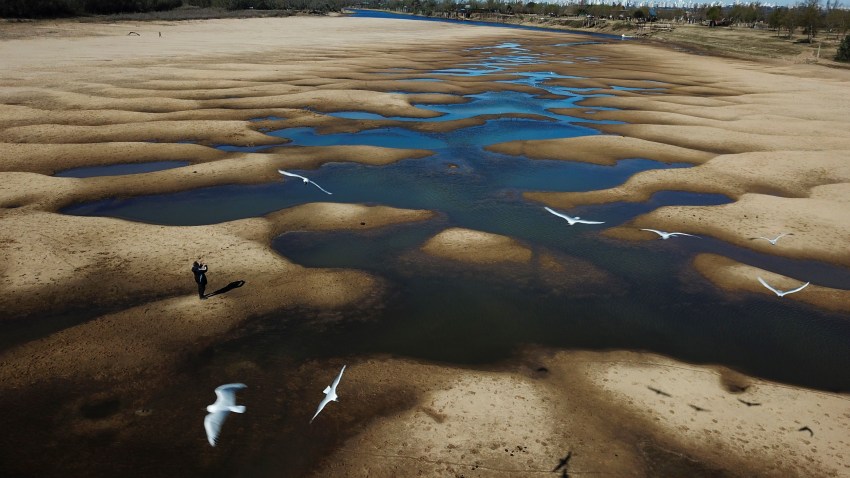Traffic through the Panama Canal is nearly half-capacity these days. Normally, 40 ships take the world’s greatest shortcut through its locks each day. Last week, the Canal Authority reduced daily passages to 25, while predicting further cuts to 18 by February. The immediate cause is Panama’s driest October since recordkeeping began in 1950.
Most international coverage of the drought focuses on shipping delays, increasing supply-chain costs and the potential for increased inflation, while showing worrying images of Lago Gatun, which acts as the principal reservoir for the canal. Nevertheless, locals are more worried about the reservoir upstream, Lago Alajuela, which not only feeds the Lago Gatun, but provides 90 percent of Panama City’s potable water.
More worrying still, however, is the fact that Panama is not the only Latin American country currently facing water scarcity. To the contrary, the entire region is in the grips of a dry spell. A historic drought is ravaging the Amazon, with a record 3,858 fires ripping through the state of Amazonas this month. With their “river highway” drained, riverine communities face emergency-level shortages in food, medicine and drinking water, while endangered river dolphins and other species are dying en masse.

